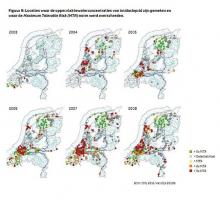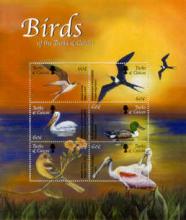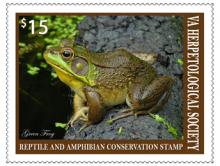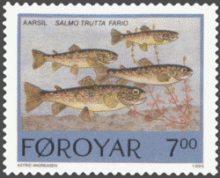
De geelbuikvuurpad (Bombina variegata) is zeer ernstig bedreigd in ons land. In Nederland komt de geelbuikvuurpad alleen nog voor in Zuid-Limburg. De geelbuikvuurpad leeft van kleine ongewervelden zoals insecten en hun larven, vooral kevers, mieren en tweevleugeligen. Iets minder bedreigd, maar wel zeer zeldzaam zijn de vuursalamander (Salamandra salamandra), boomkikker (Hyla arborea) en de knoflookpad (Pelobates fuscus) te noemen. In Nederland komt de vuursalamander voor op de vochtigere overgangen van essenbronbossen naar vochtig berken-zomereikenbos. Deze situatie is alleen aan te treffen in Zuid-Limburg, op de Maasdal-flanken nabij Bunde. Het voedsel van een volwassen vuursalamander bestaat uit kleine tot middelgrote ongewervelden. Versnipperde populaties van de boomkikker komen voor in het zuiden en oosten in de provincies Limburg, Noord-Brabant, Zeeuws-Vlaanderen, de Achterhoek in Gelderland heeft de grootste populatie van het land, doorlopend aan de populatie in Oost Twente in Overijssel. In Drenthe waren enkele kleinere populaties in 2007 nog aanwezig. Deze zijn echter tot op een na vrijwel uitgestorven. Het voedsel van de boomkikker bestaat uit verschillende ongewervelden zoals insecten. In Nederland is het voorkomen van de knoflookpad beperkt tot de oostelijk gelegen, hogere gronden in de rivier- en beekdalen. Daarvan zijn het Overijsselse Vechtdal, verschillende IJssel-beekdalen in Gelderland, het Gelderse IJsseldal, oostelijk Noord-Brabant (waaronder twee locaties ten zuiden van het dorp Deurne) en het Noordlimburgse Maasdal te noemen als voornaamste populatiegebieden. De grootste populatie knoflookpadden bevindt zich in en rond het Gelderse Overasselt. De volwassen knoflookpad leeft van kleine ongewervelde dieren die hij 's nachts tegenkomt op de bodem. De kamsalamander (Triturus cristatus), de vinpootsalamander (Lissotriton helveticus), de poelkikker (Rana lessonae), de heikikker (Rana arvalis) en de vroedmeesterspad (Alytes obstetricans) gaan in popolulatie de laatste jaren ook zorgwekkend hard achteruit.










